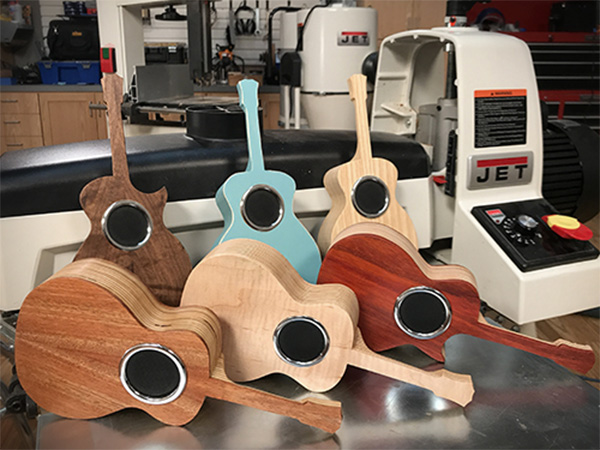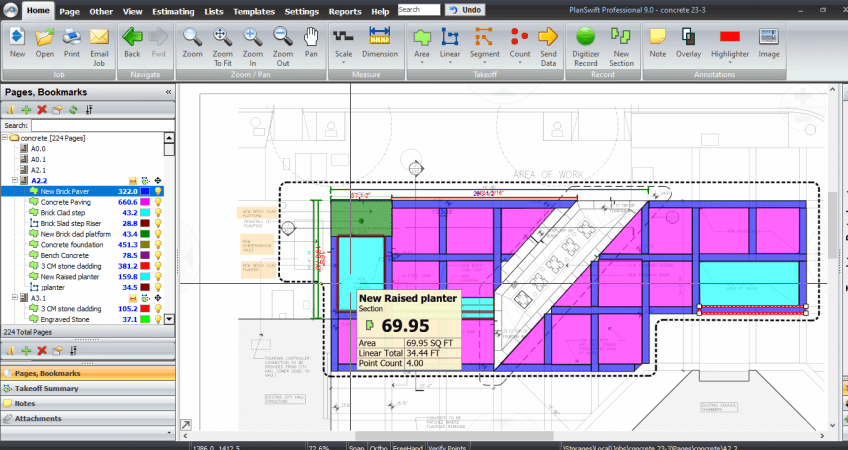How To Price Woodworking Projects?
If you’re a furniture maker, finding the perfect balance that enables you to sell your woodcraft or furniture at the right price per project is important. Every artist wants to make money and promote their business, but there’s an art to pricing that you must follow.
So, you’ll understandably not want to sell your woodworking projects at a low price. At the same time, you want your work to be affordable enough that anyone can get it. There’s no point in having a price if no one can buy from you or willing to pay the set price.
How To Price Your Woodworking Projects
One of the most challenging aspects to starting a woodworking business is determining how much to charge for your woodworking projects.
When businesses under-price their product, this can be extremely detrimental to their bottom line and reputation.
Often times, businesses under-price their products to drive demand and volume, but that last thing you want is for customers to view your product/service as “cheap.” Additionally, this can have a big impact on the type of customer you attract, which can be difficult to recover from.
On the other hand, when businesses over-price, this tends to be just as damaging to the business.
When customers buy, it’s likely that they will explore the internet and look at other competitors to ensure they’re getting the best value + deal. This is why it’s so important that you research your competition and understand where you land in the marketplace.

Here are some factors to consider when pricing your product:
Understand your customer
It’s important that out of the gates, you identify the type of customer you want to attract and how much they’re willing to pay for your service. One great way to do this is by surveying your customers. Here are some important items you’ll want to takeaway:
- Customer demographic: Age, gender, location, etc.
- Buying habits of your customer: What they buy + when they buy
- Level of price sensitivity with your customer
All of these segments will help you identify the type of customer you’re attracting and how to price your product accordingly.
Understand your costs
When pricing your woodworking projects, it’s critical that you first identify all of your costs and consequently mark up your woodworking projects so you can factor in a profit.
The actual cost of your woodworking projects may include things like:
- The actual cost to make the product (ie. raw materials, supplies, manufacturer).
- Shipping + overhead fees
- Rent
- Operating costs to run your business
You may want to consider creating a spreadsheet with every single expense involved in operating/owning your business. This will give you an idea as to what you need to generate in order to at the very least, break-even and will help you price your products to factor in a profit.
Consider these FIVE costs before determining the price for your next project:
- Material Costs: Usually up to 25% of the total costs. Includes the cost of wood and hardware such as hinges, accessories, fasteners, mechanical parts etc.
- Labour Costs: Hourly production labour wages multiplied by the total number of hours it may take to complete the job. This can make up to 50% of the total project costs.
- Overhead Costs: Includes the rental and utilities of equipment, tools, glue, sandpaper, shop, finishing material and more. Overhead is usually 15% of your material and labour cost.
- Selling Costs: Selling costs are used to cover the cost of sales and admin staff, time spent plus commissions or bonuses.
- Profit Costs: Yes, you heard the right – add profit as an expense. Once you’ve calculated the accurate manufacturing cost for your product, set your sell price markup as an expense. For eg. $1,000 project @ 20% margin should be $1,250 not $1,200.
How to Figure Out an Hourly Rate for Your Woodworking?
This is a tough one if you just have no clue as to what hourly rate you should charge. A lot of woodworkers, among other tradesmen, will decide they are worth X amount of dollars without any research and them charge that for their work. This method is fine, however, in my experience, it doesn’t always work. Here are some methods I recommend you consider to come to an hourly rate.

